Designing undeveloped areas
ECT is a player in the circular economy of excavated earth from the construction industry. We offer local authorities the opportunity to transform their derelict sites into natural, agricultural or recreational areas, or biodiversity zones. These projects are entirely financed by the reuse of excavated soil on the site, enabling it to be rehabilitated at no cost to the community. ECT manages the entire transformation of the site, respecting the challenges of traceability, environmental requirements and biodiversity, to create sustainable spaces.
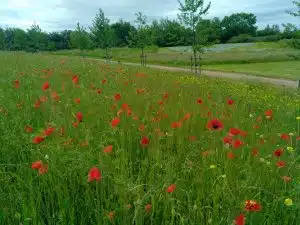
Developing, renaturalizing derelict sites
Developing, renaturalizing derelict sites Our projects are at the heart of a circular economy approach to the reuse of excavated soil from construction sites.Through the reuse of this inert soil, ECT proposes and carries out non-built, sustainable development projects with an environmental and social vocation.Each project enables the development of one
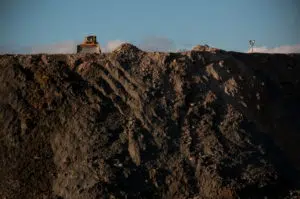
ECT, a player in the circular economy of building and civil engineering soils
ECT’s development is part of a strategy of circular and local economy. ECT reuses inert soil from construction sites in the Paris region, working with local communities to create green, undeveloped and sustainable landscapes. Some fifteen ECT projects are currently underway in the Paris region. Every year, they reuse almost
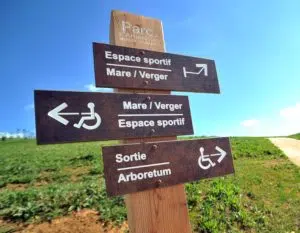
Environmental and social quality of projects
Assess the environmental and social footprint and performance of our projects. As a player in the local circular economy designed to improve urban metabolism, ECT attaches particular importance to assessing the footprint of its non-built development projects, carried out using soil from construction sites. To this end, ECT has developed
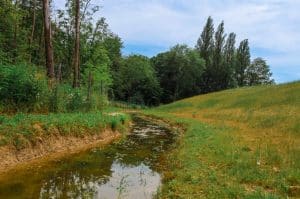
Biodiversity as a vector for our projects
Every stage of our projects, from design to development, takes biodiversity into account and assesses its impact. ECT creates undeveloped projects with permeable, functional soils. As a result, we are able to program the creation of a variety of environments: woodlands, meadows, wetlands, specific habitats, adapted to the site and
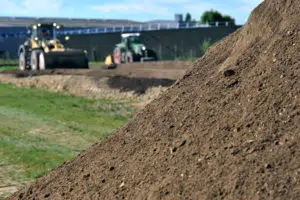
Recycling inert soil into fertile soil
Pierre Charlier / ECT Preserve topsoil, stop its importation Topsoil is a natural resource that must be preserved. Imports must be kept to a minimum. The fertile substrate produced by ECT on its sites represents a 100% eco-responsible alternative: It reduces the carbon footprint of urban landscaping or
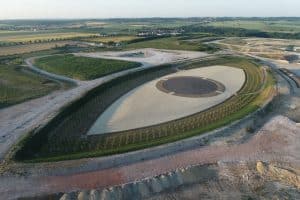
Land art on ECT sites
Land art aims to reconcile art and nature. Land art artists create a dialogue between their imaginations and natural spaces. ECT sites lend themselves to this creativity. The various land art projects carried out on ECT sites are the fruit of encounters with artists intrigued by our worksites, challenged by